Mayhem And Its Meaning
 Much speculative literature, Christian or otherwise, is marked by mayhemâa violent disruption to life and/or to society. Often mayhem shows up in the form of an actual battle.
Much speculative literature, Christian or otherwise, is marked by mayhemâa violent disruption to life and/or to society. Often mayhem shows up in the form of an actual battle.
J.R.R. Tolkien’s The Hobbit ends in the dramatic Battle of Five Armies, for example, when old animosities between dwarfs and men are subsumed in the conflict against the army of goblins and Wargs. Geroge Lucas’s Star Wars IV: A New Hope is set in a universe suffering mayhem because of the civil war between the Federation and the Rebels. Similarly, Prince Caspian by C.S. Lewis takes place in the middle of a conflict between the Old Narnians and the Telmarines who have taken control.
Other stories with grand battles that come to mind include The Lion, the Witch, and the Wardrobe by Lewis, The Black Cauldron and The High King by Lloyd Alexander, Return of the Guardian King by Karen Hancock, From Darkness Won by Jill Williamson, The Door Within trilogy by Wayne Thomas Batson, and Daughter of Light by Morgan Busse.
Tolkien’s Lord of the Rings trilogy might be the benchmark for grand battles, notably in the battle of Helm’s Deep in The Two Towers, the Battle of the Pelennor Fields and the Battle of Bywater in The Return of the King.
Not all mayhem is the direct result of an actual battle. Much occurs as a result of the threat of battle or from the efforts to escape a superior force. Certainly Book 1 of Fellowship of the Ring makes the most of the disruption of Frodo’s life and plans by the arrival of the Black Riders and their subsequent efforts to hunt Frodo down. The ultimate confrontation takes place following a skirmish on Weathertop as the wounded Frodo escapes on the elfen horse and reaches the Ford of Bruinen, barely avoiding the ambush of the nine Black Riders.
Another similar near miss took place in episodes of Star Trek: The Next Generation as the crew of the Enterprise sought to evade the Borg. Then too, in The Hobbit Bilbo discovers the One Ring in the goblins’ tunnels as he tries to avoid capture. He must then escape Gollum as well.
Not all mayhem comes from attempted or actuated assault. Some is the result of corrupting influence. In The Two Towers Wormtongue, for instance, nearly handed the men of Rohan over to Saruman because of his poisonous council to King ThĂ©oden. Saruman himself turned traitor and held Gandalf captive, preventing him from meeting Frodo when he’d promised. In Lewis’s The Last Battle, Shift duped Puzzle into pretending to be Aslan, throwing Narnia into confusion. In The Silver Chair an enchantress held the true prince captive by a spell that made him forget who he was.
Some of the most powerful and effective mayhem results in defeat of the forces of good, at least for a time. The White Witch killed Aslan on the stone table, Gandalf fell to his death in the Mines of Moria, Captain Picard in an episode of Star Trek: The Next Generation is captured by the Borg and turned into one of them, and the orcs kill Boromir in the opening of The Two Towers. Perhaps one of the best examples of this is in Shannon Dittemore’s Angel Eyes but because it is a fairly new release, I don’t want to give any specifics in order to avoid spoilers.
Why does mayhem play such an important role in speculative fiction? The clearest and best explanation is that these stories reveal the great struggle of the world–the struggle between the rebel Satan and God. All of creation is aligning with one or the other. The skirmishes, the battles, the sacrifices in speculative fiction are echoes of God’s great triumph over sin and death and His yet-to-take-place final judgment over those who stand against Him.
While stories in the general market are not intentionally reflecting this spiritual reality, they nonetheless reveal the truth that the world is not as it should be, that there are forces of evil, seemingly insurmountable at times, against which forces of good must strive.
Mayhem in speculative fiction also shows that the struggle isn’t just external. Mankind struggles against that part of ourselves that seems bewitched or entrapped or bound to a chair.
It also shows that the conflict has consequences. If left unchecked, evil spreads, but even when it is resisted, people die and the world changes. Still, hope infuses most speculative fiction, and ultimately Lewis showed it best when his characters didn’t leave Narnia but went further up and further in.
What are your favorite battles in speculative fiction? Which ones have I overlooked? What other purpose might they serve besides showing the ultimate battle between spiritual forces?






























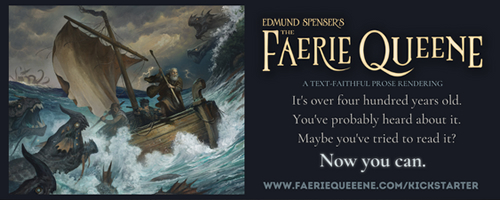

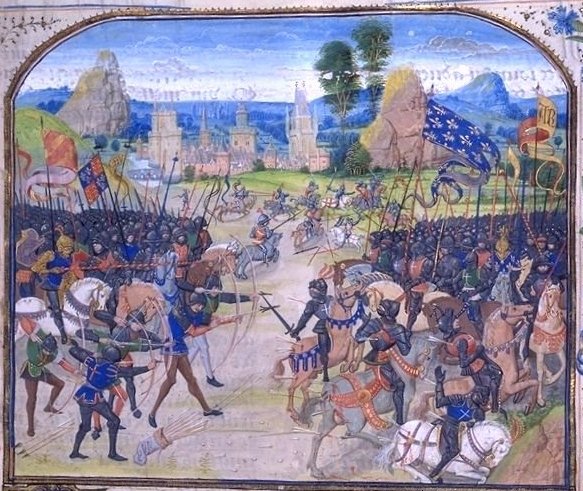
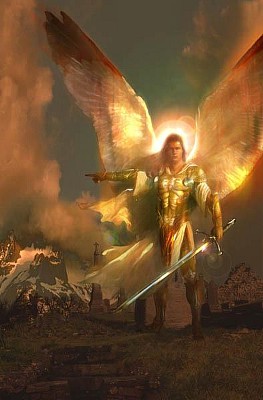
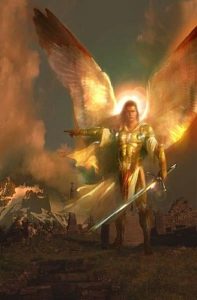 Angels. Winged musclemen in white robes who fly around with fiery swords, beating down demons. See
Angels. Winged musclemen in white robes who fly around with fiery swords, beating down demons. See  Magic. There are only two kinds of magic: Holy and Demonic. Because all magic comes from God or Satan. There is no neutral magic, and thus no neutral magical practitioners, even in high fantasy worlds with otherwise standard fantasy rules. Good magic is only used for healing and defense, making everyone either a Paladin or a Cleric. Black magic is used for mind control, summoning demons, and other, far more interesting things.
Magic. There are only two kinds of magic: Holy and Demonic. Because all magic comes from God or Satan. There is no neutral magic, and thus no neutral magical practitioners, even in high fantasy worlds with otherwise standard fantasy rules. Good magic is only used for healing and defense, making everyone either a Paladin or a Cleric. Black magic is used for mind control, summoning demons, and other, far more interesting things.

 Thatâs why I hesitated when I first felt led to write. Itâs a tremendous responsibility, and I didnât (and donât) feel capable.
Thatâs why I hesitated when I first felt led to write. Itâs a tremendous responsibility, and I didnât (and donât) feel capable.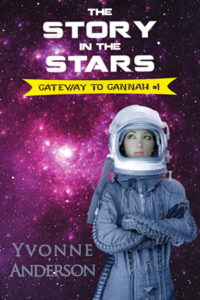

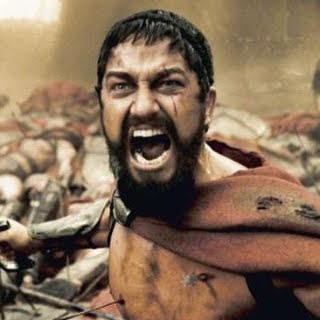
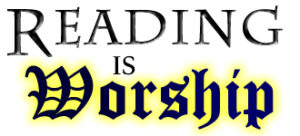
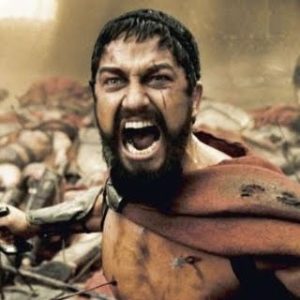 I doubt Iâm the only one who struggles with this. That evil âChristianity Andâ religion that C.S. Lewisâs Screwtape loved isnât only attached to causes such as 1940s-British spelling reform. And given the current political conventions in the U.S., âChristianity Andâ isnât only a prefix to â⊠Our Nationâs Founding Valuesâ or â⊠Looking to Government As Your Savior.â It can also be a prefix to
I doubt Iâm the only one who struggles with this. That evil âChristianity Andâ religion that C.S. Lewisâs Screwtape loved isnât only attached to causes such as 1940s-British spelling reform. And given the current political conventions in the U.S., âChristianity Andâ isnât only a prefix to â⊠Our Nationâs Founding Valuesâ or â⊠Looking to Government As Your Savior.â It can also be a prefix to 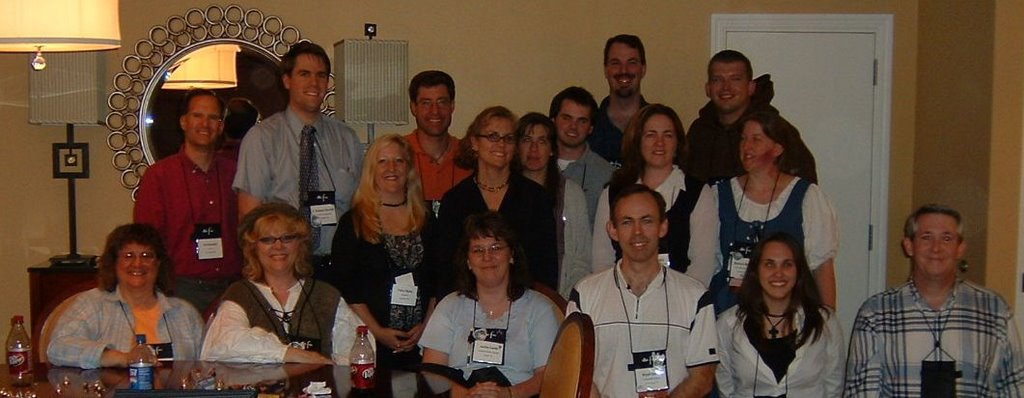
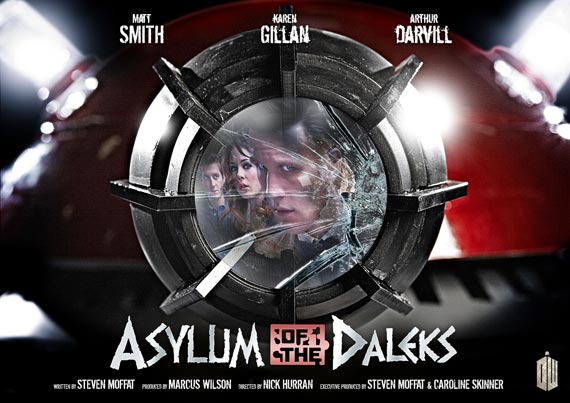
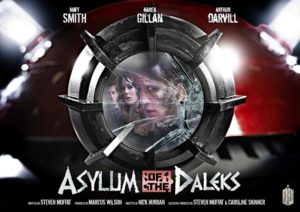



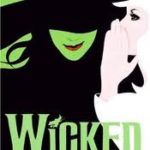

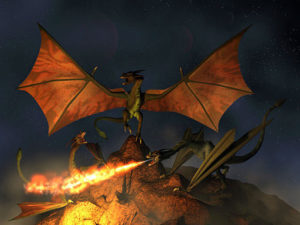
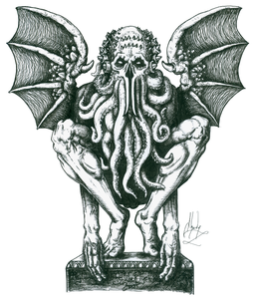






 The Epic Story answers: Reality will be. Read Scripture about resurrection â of Christ, souls/spirits, human bodies, and âthe creation itselfâ (Romans 8). Great stories echo eternity. All great story experiences should point us to the Creator.
The Epic Story answers: Reality will be. Read Scripture about resurrection â of Christ, souls/spirits, human bodies, and âthe creation itselfâ (Romans 8). Great stories echo eternity. All great story experiences should point us to the Creator.


